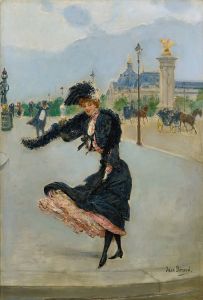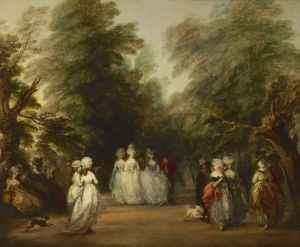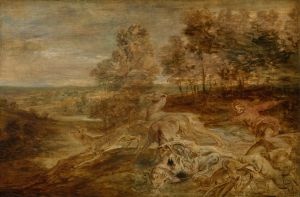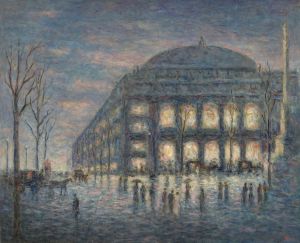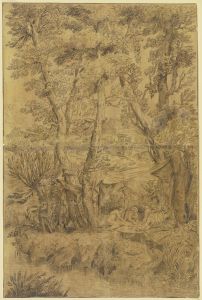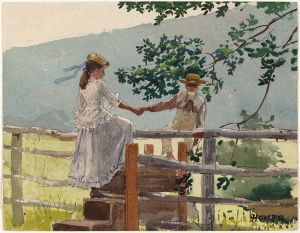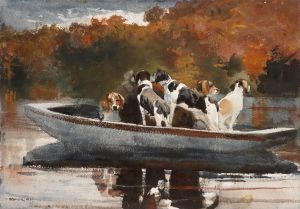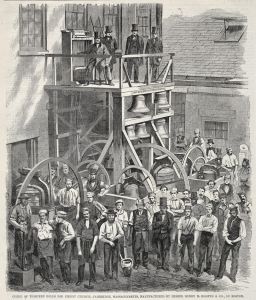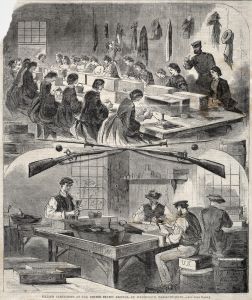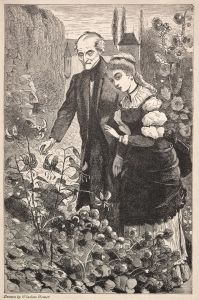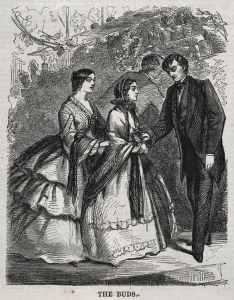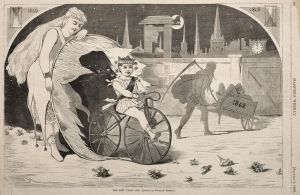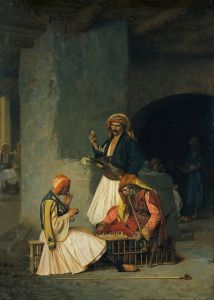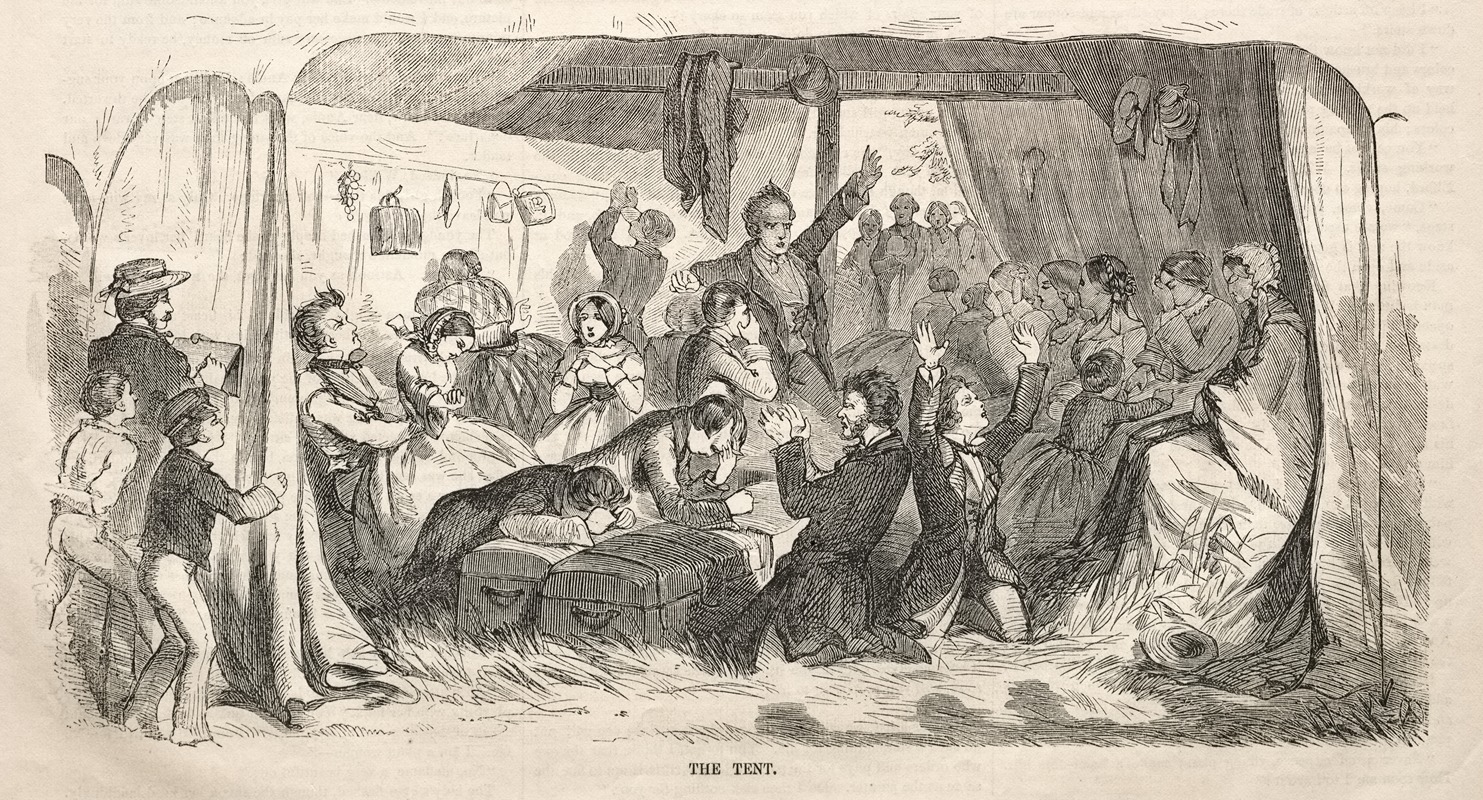
Camp Meeting Sketches; The Tent
A hand-painted replica of Winslow Homer’s masterpiece Camp Meeting Sketches; The Tent, meticulously crafted by professional artists to capture the true essence of the original. Each piece is created with museum-quality canvas and rare mineral pigments, carefully painted by experienced artists with delicate brushstrokes and rich, layered colors to perfectly recreate the texture of the original artwork. Unlike machine-printed reproductions, this hand-painted version brings the painting to life, infused with the artist’s emotions and skill in every stroke. Whether for personal collection or home decoration, it instantly elevates the artistic atmosphere of any space.
Winslow Homer, an influential American artist known for his landscape and genre paintings, created "Camp Meeting Sketches; The Tent" in the mid-19th century. This work is part of a series of sketches that Homer produced during his early career, which often depicted scenes of everyday life and social gatherings. Although specific details about this particular piece are limited, it is representative of Homer's interest in capturing the essence of American life during this period.
Homer's career began as an illustrator, and he worked for publications such as Harper's Weekly, where he gained recognition for his ability to convey narrative and emotion through his art. His early works often focused on the social and cultural aspects of American society, and "Camp Meeting Sketches; The Tent" fits within this context. Camp meetings were religious gatherings that became popular in the United States during the 19th century, particularly among Protestant denominations. These events were characterized by large congregations of people who came together for worship, preaching, and community fellowship, often held in rural settings.
In "Camp Meeting Sketches; The Tent," Homer likely captures the atmosphere and activities associated with these gatherings. While the specific details of the sketch are not widely documented, it is reasonable to infer that the work reflects Homer's keen observation of human interaction and his ability to depict the nuances of social events. His sketches from this period often include detailed renderings of people, tents, and the surrounding environment, providing a glimpse into the cultural practices of the time.
Homer's style during this phase of his career was characterized by a focus on realism and attention to detail. His ability to portray the subtleties of light and shadow, as well as his skill in capturing the expressions and postures of his subjects, contributed to the effectiveness of his narrative art. These qualities are likely present in "Camp Meeting Sketches; The Tent," as they are in many of his other works from this era.
As Homer's career progressed, he transitioned from illustration to painting, eventually becoming one of America's most celebrated artists. His later works, such as "The Gulf Stream" and "Snap the Whip," continued to explore themes of American life and nature, but with a greater emphasis on painting techniques and the use of color. Despite this evolution, his early sketches, including "Camp Meeting Sketches; The Tent," remain an important part of his artistic legacy, offering insight into his development as an artist and his engagement with the social dynamics of his time.
Overall, "Camp Meeting Sketches; The Tent" exemplifies Winslow Homer's early interest in documenting American culture and society through art. While specific details about this particular sketch are scarce, it is a testament to Homer's skill as an observer and illustrator, capturing the spirit of 19th-century American life in a way that continues to resonate with audiences today.





